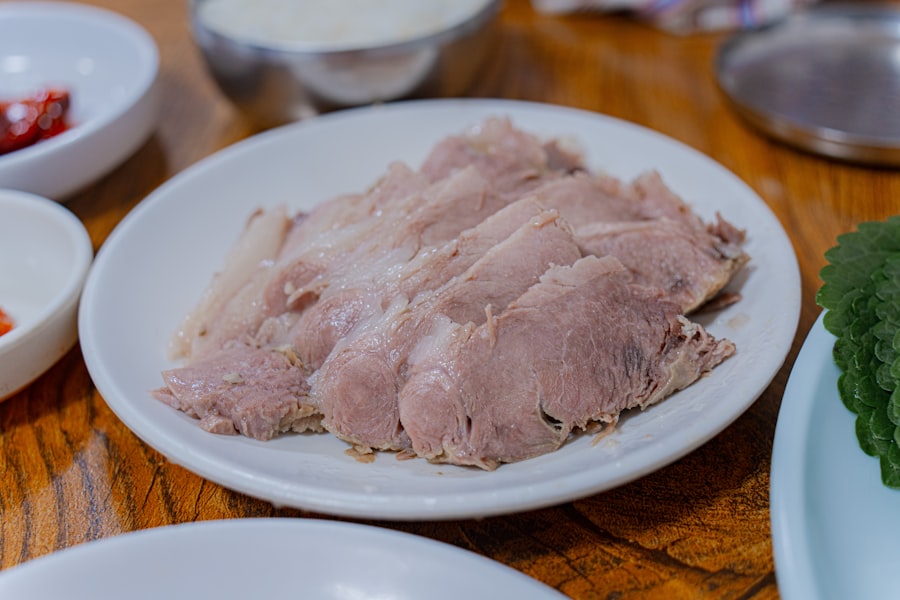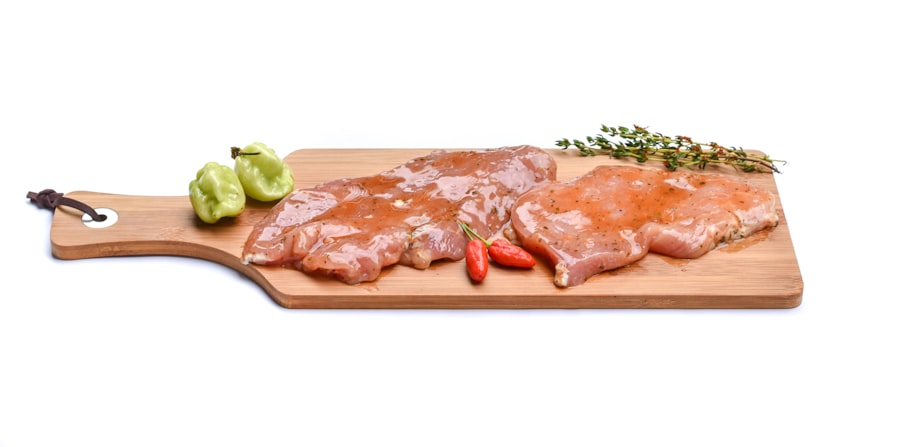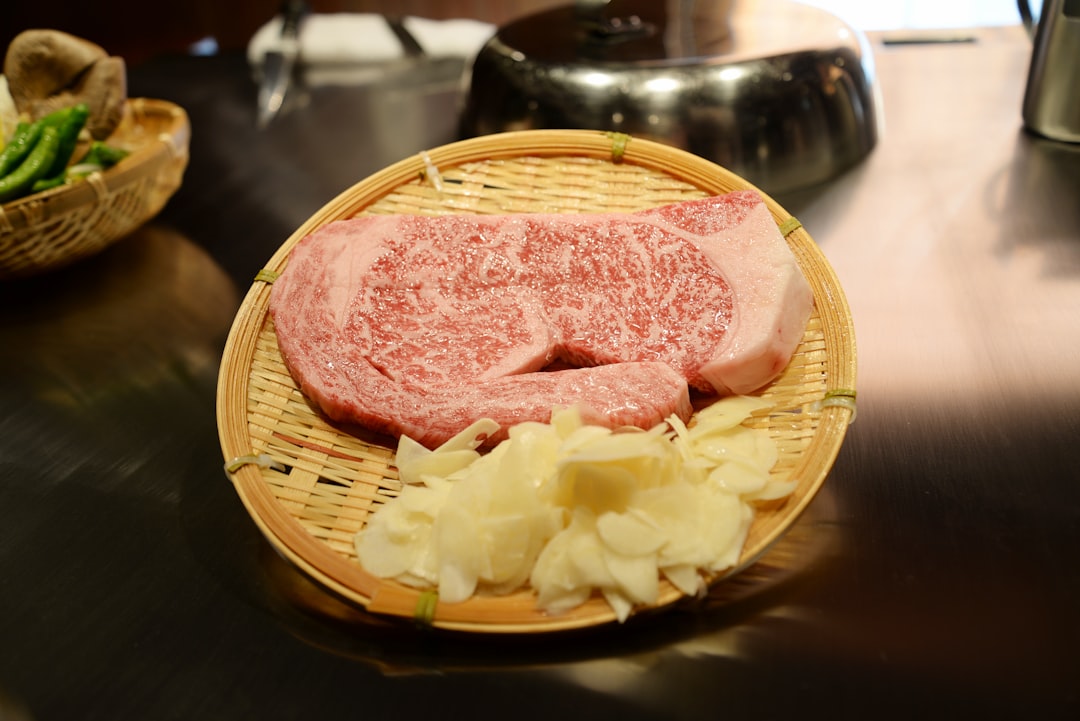Fatty liver disease, also known as hepatic steatosis, is a condition characterized by the accumulation of excess fat in liver cells. This condition can arise from various factors, including obesity, excessive alcohol consumption, and certain medications. You may find it surprising that fatty liver disease can develop even in individuals who do not consume alcohol, leading to a growing concern about non-alcoholic fatty liver disease (NAFLD).
The liver plays a crucial role in your body, processing nutrients, filtering toxins, and producing bile for digestion. When fat builds up in the liver, it can lead to inflammation, scarring, and even liver failure if left untreated. Understanding the stages of fatty liver disease is essential for recognizing its potential impact on your health.
The condition can progress from simple fatty liver (steatosis) to non-alcoholic steatohepatitis (NASH), which involves inflammation and damage to liver cells. If you are diagnosed with NASH, you may be at risk for more severe complications, including cirrhosis and liver cancer.
Key Takeaways
- Fatty liver disease is a condition where fat accumulates in the liver, leading to inflammation and potential liver damage.
- Age can impact the development and progression of fatty liver disease, with older adults facing unique challenges in reversing the condition.
- Reversing fatty liver after 70 is possible, as evidenced by personal accounts of individuals who have successfully improved their liver health.
- Dietary changes, such as reducing sugar and processed foods, can play a crucial role in reversing fatty liver and improving overall liver function.
- Engaging in regular physical activity and exercise can help reverse fatty liver by promoting weight loss and reducing liver fat accumulation.
The Impact of Age on Fatty Liver Disease
As you age, your body undergoes various changes that can influence your risk of developing fatty liver disease. Metabolism tends to slow down, making it easier for excess fat to accumulate in your liver. Additionally, hormonal changes and a decrease in physical activity can contribute to weight gain and the development of insulin resistance, both of which are significant risk factors for fatty liver disease.
Understanding how age affects your body can help you make informed decisions about your health and lifestyle. Moreover, older adults often face unique challenges when it comes to managing fatty liver disease. You may have other health conditions or take medications that complicate your situation.
For instance, certain medications can contribute to fat accumulation in the liver, while chronic illnesses like diabetes or hypertension can exacerbate the condition. Recognizing these factors is crucial for developing a comprehensive approach to reversing fatty liver disease as you age.
A Personal Account: Reversing Fatty Liver After 70

Imagine being in your seventies and receiving a diagnosis of fatty liver disease. It can be daunting, but many individuals have successfully reversed this condition even at an advanced age. Take the story of Mr. Johnson, for example. At 72, he was shocked to learn that he had fatty liver disease during a routine check-up. Initially overwhelmed by the diagnosis, he decided to take control of his health rather than resign himself to the condition. With determination and a willingness to change, he embarked on a journey that would transform his life. Mr. Johnson’s experience highlights the importance of a positive mindset when facing health challenges. He began by educating himself about fatty liver disease and its implications. Instead of viewing his diagnosis as a death sentence, he saw it as an opportunity to improve his overall well-being. By adopting healthier habits and seeking support from healthcare professionals, he was able to reverse his fatty liver disease and regain his vitality.
Dietary Changes for Reversing Fatty Liver
| Metrics | Before Dietary Changes | After Dietary Changes |
|---|---|---|
| Body Mass Index (BMI) | 30 | 27 |
| Liver Enzyme Levels | ALT: 80 U/L, AST: 70 U/L | ALT: 40 U/L, AST: 35 U/L |
| Triglyceride Levels | 200 mg/dL | 150 mg/dL |
| Visceral Fat | 20% | 15% |
One of the most effective ways to reverse fatty liver disease is through dietary changes. You may find that adopting a balanced diet rich in whole foods can significantly impact your liver health. Focus on incorporating plenty of fruits, vegetables, whole grains, lean proteins, and healthy fats into your meals.
These foods provide essential nutrients while helping to reduce inflammation and promote weight loss—two critical factors in reversing fatty liver disease. In addition to choosing healthier foods, it’s essential to be mindful of portion sizes and overall caloric intake. You might consider reducing your consumption of processed foods high in sugar and unhealthy fats, as these can contribute to fat accumulation in the liver.
Instead, opt for nutrient-dense options that support your body’s needs. Staying hydrated is also vital; drinking plenty of water can aid digestion and help your liver function optimally.
Exercise and Physical Activity for Reversing Fatty Liver
Regular physical activity is another cornerstone of reversing fatty liver disease. Engaging in exercise not only helps you maintain a healthy weight but also improves insulin sensitivity and reduces liver fat. You may find that incorporating both aerobic exercises—such as walking, swimming, or cycling—and strength training into your routine yields the best results.
Aim for at least 150 minutes of moderate-intensity aerobic activity each week, along with two days of strength training. If you’re unsure where to start, consider finding activities that you enjoy. Whether it’s joining a local fitness class or taking daily walks in your neighborhood, staying active can be both enjoyable and beneficial for your health.
Additionally, remember that even small changes can make a difference; taking the stairs instead of the elevator or engaging in gardening can contribute to your overall physical activity levels.
The Role of Medication in Reversing Fatty Liver

While lifestyle changes are crucial for reversing fatty liver disease, medication may also play a role in some cases. If you have underlying conditions such as diabetes or high cholesterol, your healthcare provider may prescribe medications to help manage these issues effectively. These medications can indirectly support your efforts to reverse fatty liver by improving metabolic health and reducing fat accumulation in the liver.
It’s essential to have open communication with your healthcare provider about any medications you are taking or considering. They can help you understand how these medications may impact your liver health and whether any adjustments are necessary. Remember that medication should complement lifestyle changes rather than replace them; a holistic approach is often the most effective way to achieve lasting results.
Monitoring and Managing Fatty Liver Disease
Monitoring your progress is vital when working to reverse fatty liver disease. Regular check-ups with your healthcare provider can help track changes in your liver health and assess the effectiveness of your lifestyle modifications. Blood tests may be conducted to evaluate liver function and measure levels of enzymes associated with liver damage.
Keeping a journal of your dietary habits, exercise routines, and any symptoms you experience can also provide valuable insights into your journey. In addition to medical monitoring, self-management plays a crucial role in maintaining your progress. You might consider setting realistic goals for yourself and celebrating small victories along the way.
Whether it’s losing a few pounds or completing a week of consistent exercise, acknowledging these achievements can motivate you to stay committed to your health journey.
Overcoming Challenges and Setbacks
The path to reversing fatty liver disease is not always smooth; you may encounter challenges and setbacks along the way. Life’s demands can sometimes make it difficult to stick to dietary changes or maintain an exercise routine. It’s essential to recognize that setbacks are a natural part of any health journey and do not define your overall progress.
Instead of feeling discouraged, focus on finding solutions and adapting your approach as needed. You might find it helpful to develop strategies for overcoming obstacles when they arise. For instance, if you struggle with meal planning during busy weeks, consider preparing meals in advance or seeking support from family members or friends.
Surrounding yourself with a supportive network can make a significant difference in staying motivated and accountable.
Support and Resources for Reversing Fatty Liver
Accessing support and resources can greatly enhance your efforts to reverse fatty liver disease. Consider joining support groups or online communities where individuals share their experiences and tips for managing the condition. Connecting with others who understand what you’re going through can provide encouragement and valuable insights.
Additionally, don’t hesitate to seek guidance from healthcare professionals such as dietitians or nutritionists who specialize in liver health. They can help you create personalized meal plans tailored to your needs and preferences while ensuring you receive adequate nutrition throughout your journey.
Celebrating Success: Life After Reversing Fatty Liver
Reversing fatty liver disease is an incredible achievement that deserves celebration! Once you’ve made significant progress in improving your liver health, take time to reflect on how far you’ve come.
Life after reversing fatty liver can be vibrant and fulfilling. You might find yourself more engaged in activities you love or exploring new hobbies that promote physical activity and social connections. Embracing this new chapter with gratitude and enthusiasm can inspire others facing similar challenges.
Hope and Inspiration for Reversing Fatty Liver After 70
In conclusion, reversing fatty liver disease after 70 is not only possible but also achievable with determination and the right approach. By understanding the condition, making dietary changes, staying active, seeking medical guidance, and accessing support resources, you can take control of your health at any age. Remember that every small step counts toward improving your well-being.
Your journey may have its ups and downs, but maintaining hope and resilience will empower you to overcome challenges along the way. As you celebrate your successes and embrace life after reversing fatty liver disease, know that you are not alone—many individuals have walked this path before you and emerged stronger on the other side. Your story could inspire others facing similar struggles, proving that it’s never too late to prioritize your health and well-being.
Reversing fatty liver after the age of 70 can be a challenging yet achievable goal with the right lifestyle changes and medical guidance. A related article on this topic can be found on Explore Senior Health, which provides valuable insights into managing and improving liver health in seniors. The article discusses various strategies, including dietary modifications, regular exercise, and medical interventions that can help reverse fatty liver disease in older adults. For more detailed information, you can read the full article by visiting this link.
WATCH THIS! 🧃The 60-Year Liver Lie: Why Your “Healthy” Juice Is Destroying Your Liver
FAQs
What is fatty liver disease?
Fatty liver disease is a condition in which fat builds up in the liver, leading to inflammation and potential damage to the liver cells.
Can fatty liver be reversed after the age of 70?
Yes, it is possible to reverse fatty liver after the age of 70 through lifestyle changes such as diet modification, exercise, and weight loss.
What are the risk factors for fatty liver disease?
Risk factors for fatty liver disease include obesity, type 2 diabetes, high cholesterol, and high triglyceride levels. Excessive alcohol consumption can also contribute to the development of fatty liver disease.
How can diet and exercise help reverse fatty liver disease?
A healthy diet that is low in sugar, refined carbohydrates, and saturated fats can help reduce fat accumulation in the liver. Regular exercise can also help improve insulin sensitivity and promote weight loss, both of which can contribute to reversing fatty liver disease.
Are there any medications or treatments for reversing fatty liver disease?
There are currently no specific medications approved for the treatment of fatty liver disease. However, some medications may be prescribed to manage underlying conditions such as diabetes or high cholesterol, which can contribute to fatty liver disease.
Is it important to seek medical advice when trying to reverse fatty liver disease?
Yes, it is important to seek medical advice when attempting to reverse fatty liver disease, especially for individuals over the age of 70. A healthcare professional can provide personalized recommendations and monitor progress to ensure the safest and most effective approach.
